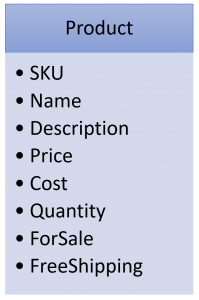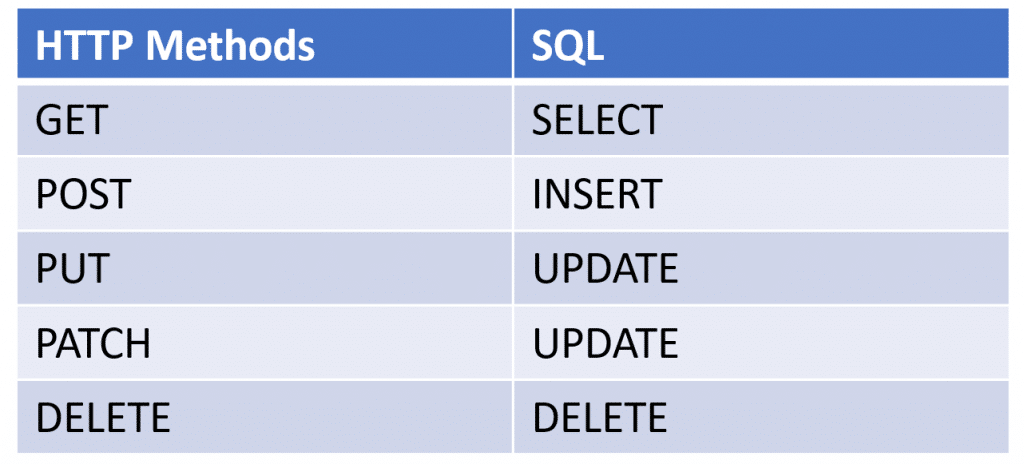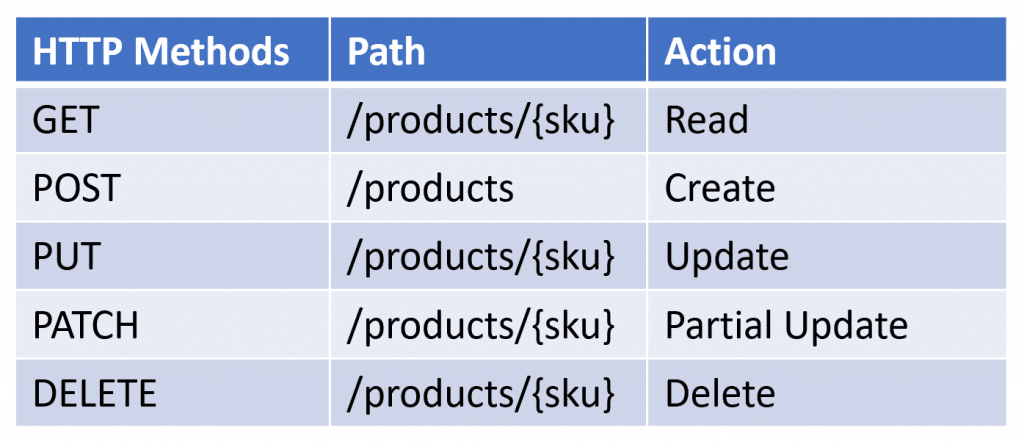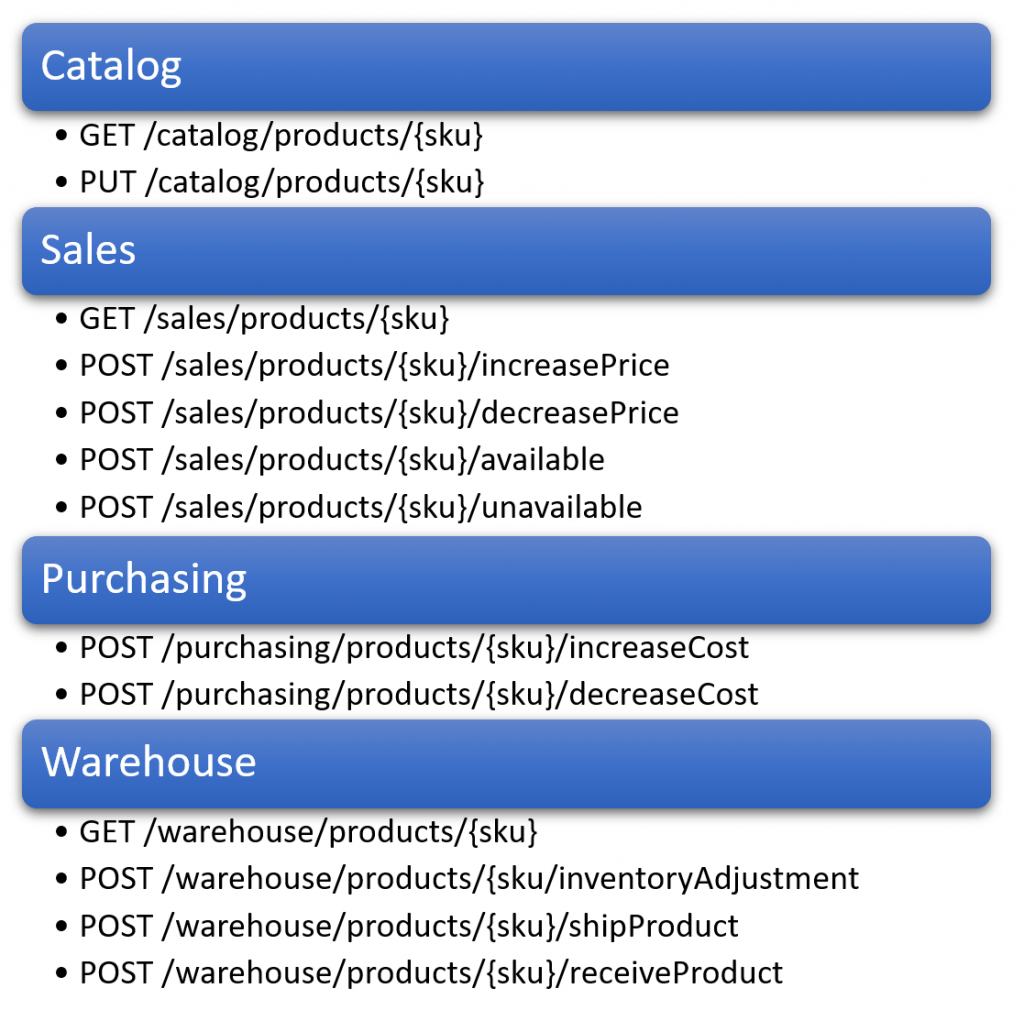Sponsor: Do you build complex software systems? See how NServiceBus makes it easier to design, build, and manage software systems that use message queues to achieve loose coupling. Get started for free.
If you’re developing an HTTP API (what most would call REST) how does that fit alongside a Task-Based UI and CQRS? How can you create a REST API with CQRS? For starters, resources don’t need to map to Entities. Second, HTTP Methods don’t need to map to CRUD. Resources can be whatever you want them to be. In which case, they can be commands and queries.
YouTube
Check out my YouTube channel where I post all kinds of content that accompanies my posts including this video showing everything that is in this post.
Resources
In some of my recent videos/blogs about Task Based UIs, I’ve had people ask how CQRS can work with “REST”. The issue is what most think is REST, isn’t actually REST at all. There’s this notion that resources need to revolve around Entities. Specifically that HTTP methods map to CRUD (Create, Read, Update, Delete) around entities.
This is incorrect.
Here’s an example of a typical example revolving around Entities and CRUD. In this case, my entity is a Product in a warehouse.
Then the common pattern is to use HTTP methods mapping to CRUD. Although HTTP methods don’t fully map to CRUD, this again is the common pattern.
So for our Product Entity, our typical API would have an API following this CRUD pattern.
Resources
This misconception that resources should be entities (such as a Product) causes confusion on how CQRS can be applied. The reality is that a resource is whatever you want it to be. It can be an Entity, but it can also represent a Command or a Query.
From the Mozilla Developer Docs:
The target of an HTTP request is called a “resource”, whose nature isn’t defined further; it can be a document, a photo, or anything else. Each resource is identified by a Uniform Resource Identifier (URI) used throughout HTTP for identifying resources.
https://developer.mozilla.org/en-US/docs/Web/HTTP/Basics_of_HTTP/Identifying_resources_on_the_Web
An Resource can be anything. It does not need to be an entity. It can represent a command or a query.
REST API with CQRS
In order to really apply CQRS, you’re better served with a Task Based UI that will guide users to invoke commands. Command and Queries will be resources.
Making your commands and queries resources makes them explicit. If you were to have only resources as entities, then you would have to infer which command to call for each POST/PUT/PATCH/DELETE based on the request body.
UI Composition
The next most common question is how to do UI composition. If there are multiple services that have resources that need to be called in order to get the relevant data for a UI, how is that done?
One option is to do the composition on the client. The client will call each service to get the relevant data it needs.
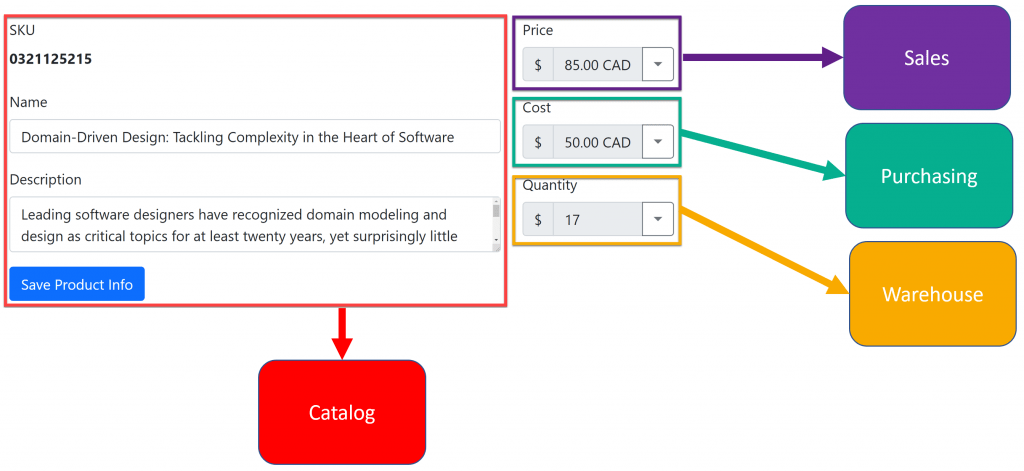
This means that there will be a call to each service. For the SKU, name, Description, since that’s owned by the catalog, there will be a call to that resource.
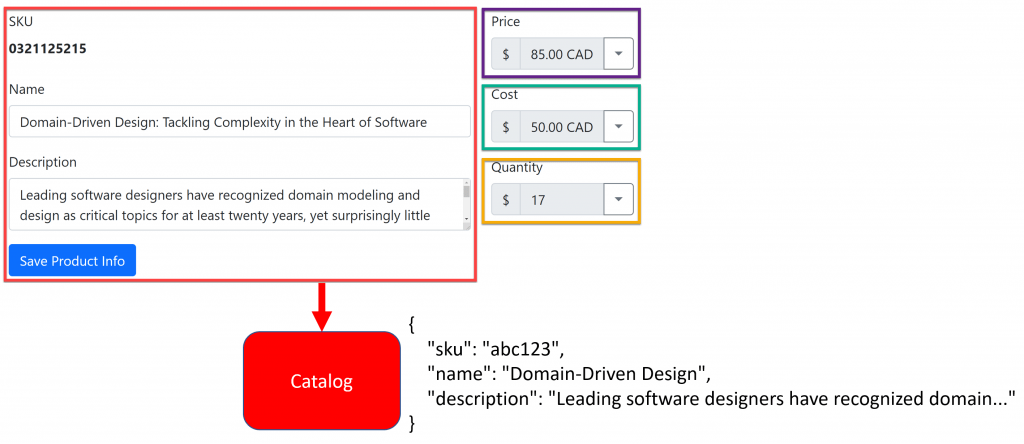
And the same for all other data required, such as the price from Sales.

The other option is to do the composition on the server. This is often referred to as Backend for Frontend.

The server will call the relevant services and compose all the data into one resource that will be returned to the client with all the relevant data it needs.
Source Code
Developer-level members of my CodeOpinion YouTube channel get access to the full source for the working demo application available in a git repo. Check out the membership for more info.
